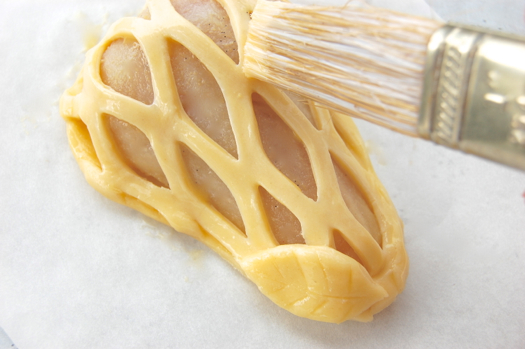What is “salt rising bread”?
Reader Katie asks, since I live in Kentucky, if I’ve ever heard of salt rising bread and if so, could I tell her what it is. Katie, I certainly have heard of it. It’s a type of bread favored by Appalachian folk that’s leavened not with baking powder or yeast but with a bacterium that goes by the name of Clostridium perfringens.
If that name sounds familiar it’s probably because C. perfringens is a well known food pathogen, one that can and very often does make people sick, sometimes seriously so. That however doesn’t stop some people from raising their bread with it. Why? Because unlike just about every other microbe that can grow in a starter bowl (aside from yeast) C. perfringens creates copious amounts of CO2. The rise you get from it is every bit as good, maybe even better, than actual yeast.
READ ON


